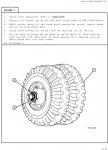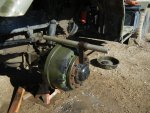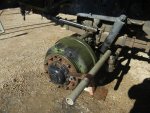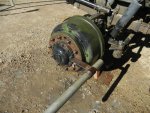acesneights1
Member
- 1,449
- 24
- 20
- Location
- CT
I have spent the last two hours going through Tm's, google search, site search and maybe I'm retarded but I can't find the info or which TM.
I have looked in Tm9-2320-361-20 chap 20,TM9-2320-209-20-1,TM9-2320-209-34-2-1 chap 10,11,12 and still can't find the actual seal replacement procedure. Just brake. Can someone please point me to the exact TM,chapter,page number ?
I have looked in Tm9-2320-361-20 chap 20,TM9-2320-209-20-1,TM9-2320-209-34-2-1 chap 10,11,12 and still can't find the actual seal replacement procedure. Just brake. Can someone please point me to the exact TM,chapter,page number ?








